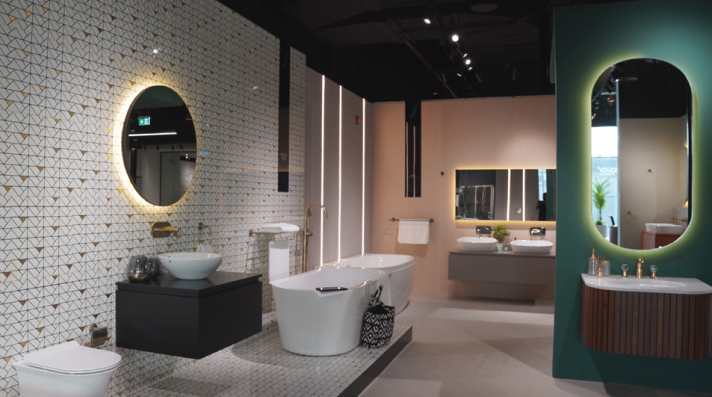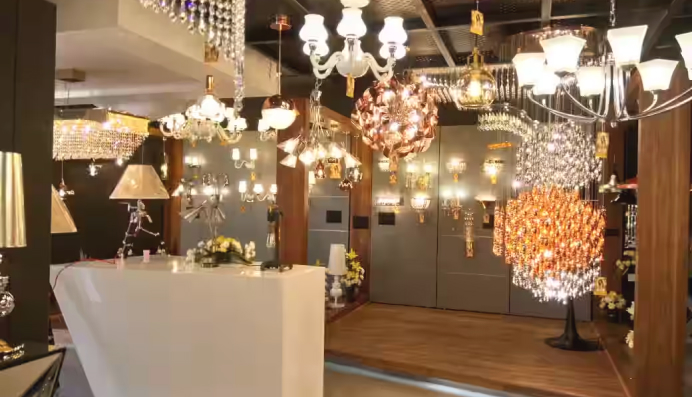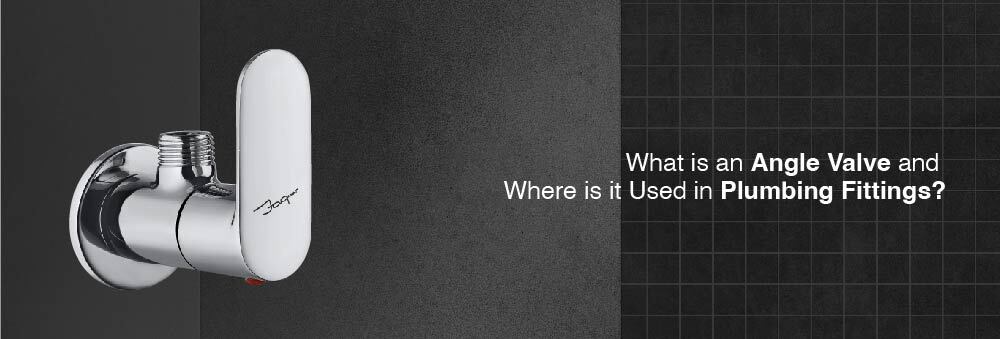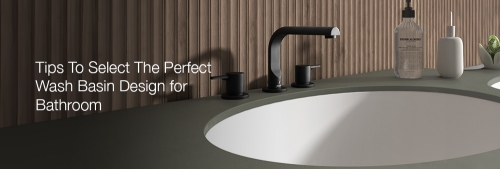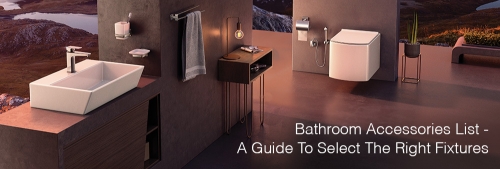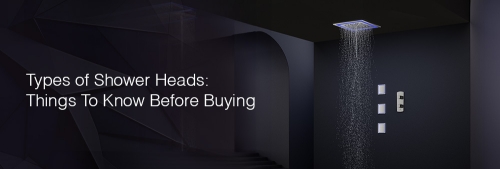In the pursuit of creating a truly refined living space, it is often the smallest, most overlooked details that make the most significant impact. While grand fixtures and bold colour palettes command attention, the integrity of a room’s design is held together by its humbler components. These elements work silently in the background, ensuring functionality and contributing to a seamless aesthetic. One such crucial component is the angle valve, a small but mighty piece of hardware that plays a vital role in the daily life of your home.
This guide will explore the essential nature of the angle valve, moving beyond a simple definition to reveal its importance in both function and form. We will delve into its applications, the critical reasons why quality cannot be compromised, and how this simple fitting contributes to a cohesive and sophisticated design narrative in your bathroom and kitchen.
What is an Angle Valve?
An angle valve is a specific type of shut-off valve used in modern plumbing systems. Its name comes from its shape; water enters through an inlet and exits at a 90-degree angle through an outlet. This design makes it ideal for connecting water supply pipes that run from the wall to fixtures like taps and toilets.
At its core, the function of an angle valve is straightforward: it controls the flow of water to an individual fixture. By turning its handle, you can start, stop, or regulate the water supply to that specific outlet without having to shut off the main water supply to the entire house. This simple mechanism is fundamental to modern convenience, making maintenance, repairs, and fixture replacement a clean and isolated task. These essential water control valves are the gatekeepers of your home’s plumbing, providing peace of mind and operational ease.
Also Read: 7 Expert Tips for Choosing the Right Wash Basin Design for Your Bathroom 2025
Types of Angle Valve: A Multifaceted Family
When it comes to modern bathrooms and kitchens, plumbing fixtures often go unnoticed until they are needed. Among the unsung heroes of functional plumbing are angle valves, small yet essential fittings that give you precise control over water supply to individual fixtures. As part of the broader category of bathroom valve types, angle valves are indispensable for maintenance, repairs, and even everyday convenience. They are designed to isolate specific fixtures—such as basins, toilets, or washing machines—without affecting the flow of water to the rest of the house. This makes them a critical component for both residential and commercial plumbing systems.
Angle valves are named for their shape: a 90-degree bend that allows them to connect pipes coming from the wall or floor to fixtures above. Their compact design makes them highly versatile, fitting neatly into confined spaces while ensuring effective water regulation. Over the years, angle valves have evolved into a multifaceted family, each type serving a unique purpose depending on installation needs, material durability, and operational features. Below are the main types you’ll encounter:
1. Standard Angle Valve
The most common type, the standard angle valve, is used to control water supply to sinks, toilets, and washbasins. It features a simple on-off mechanism operated via a lever or handle, giving you quick control in case of leaks or fixture replacement. Standard angle valves are affordable, easy to install, and made from materials like brass or stainless steel for durability.
2. Quarter-Turn Angle Valve
Quarter-turn angle valves offer quick and efficient operation. As the name suggests, they can be fully opened or closed with just a 90-degree turn of the handle. Inside, they typically use a ceramic disc cartridge that provides smooth operation and long-lasting performance. These valves are favoured for their reliability, leak resistance, and user-friendly design.
3. Multi-Turn Angle Valve
Unlike quarter-turn models, multi-turn angle valves require several twists of the handle to fully open or close. While they take longer to operate, they allow finer control over water flow. This makes them suitable for applications where gradual water adjustment is needed.
4. Angle Valve with Filter
Designed with an integrated mesh filter, this type prevents debris, sand, and sediments from entering sensitive fixtures such as faucets, showers, or washing machines. Angle valves with filters are especially useful in regions with hard water or unreliable municipal supplies, as they extend the lifespan of connected fixtures by ensuring cleaner water flow.
5. Concealed Angle Valve
Concealed angle valves are built with aesthetics in mind. Installed behind walls or under counters, they come with a decorative plate or trim that hides the mechanical parts, leaving only a sleek handle visible. They are popular in premium bathrooms, where every detail contributes to a clean, minimalist look.
6. Three-Way Angle Valve
Also known as a diverter valve, this type allows water to be directed to two separate fixtures from a single supply line. For example, it can split flow between a faucet and a washing machine. This versatility makes it an efficient solution in compact bathrooms or utility areas.
7. Smart or Sensor Angle Valve
With the rise of automation, smart angle valves equipped with sensors or electronic control are gaining popularity. They can automatically regulate or shut off water flow in case of leaks, making them ideal for modern smart homes focused on safety and water conservation.
The Anatomy of an Angle Valve: A Plumbing Fittings Guide
To appreciate its function, it helps to understand the basic components of an angle valve. While designs may vary, most share a common structure that ensures reliable performance.
- The Body: This is the main housing of the valve, typically crafted from a robust material like brass. It contains the internal mechanism and features the inlet and outlet ports.
- The Handle: The user-facing part of the valve. A simple quarter-turn of the handle is usually all that is needed to open or close the valve, offering immediate control over the water flow.
- The Inlet: The connection point where the valve attaches to the water supply pipe coming from the wall.
- The Outlet: The connection point where a flexible hose or connector pipe is attached, leading directly to the fixture (e.g., a basin tap or a toilet cistern).
- The Cartridge/Spindle: The internal mechanism, often made of ceramic or brass, that moves to block or allow water to pass through when the handle is turned. The quality of this component is paramount for a long, drip-free service life.
Where are Angle Valves Used?
Angle valves are ubiquitous in any modern home, found wherever a plumbing fixture requires a dedicated water supply line. Their right-angle design makes them perfectly suited for the typical plumbing layout where pipes emerge from a wall.
1. In the Bathroom
The bathroom is where angle valves are most visible and perform some of their most critical functions. They are essential components for creating a functional and maintainable space.
- Basin Taps: Look beneath any bathroom sink, and you will typically find two angle valves—one for the hot water supply and one for the cold. These allow you to isolate the water flow to the taps, making it simple to repair a drip or replace the entire tap unit without disrupting the rest of the bathroom’s water supply.
- Toilets: A single angle valve is usually located on the wall behind or beside the toilet. This controls the cold water supply to the cistern for refilling after each flush. Should the flushing mechanism require maintenance or replacement, this valve allows you to shut off the water to the toilet exclusively. Using high-quality bathroom angle valves here is crucial to prevent slow, unnoticed leaks that can cause significant water damage over time.
- Health Faucets: In many modern bathrooms, a health faucet or bidet shower is installed next to the toilet. This fixture also requires its own angle valve to control its water supply, ensuring it can be serviced independently. The thoughtful placement of these valves can contribute to the clean look of concealed bathroom fittings, where pipework is minimised for a more streamlined aesthetic.
2. In the Kitchen
The kitchen is another hub of plumbing activity where angle valves are indispensable.
- Kitchen Sinks: Similar to bathroom basins, kitchen sinks have two angle valves installed beneath them to control the hot and cold water supply to the mixer tap. Given the heavy usage of a kitchen sink, having reliable shut-off points is essential for routine maintenance.
- Dishwashers: A dishwasher requires a cold water supply, which is controlled by a dedicated angle valve. This allows you to install or service the appliance without having to turn off the water to your kitchen sink.
- Water Purifiers: Many homes have under-sink water purification systems. These are also connected to the cold water line via an angle valve, enabling easy filter changes and system maintenance.
Also Read: Bath Decor Trends 2025: Explore the Latest Designs
Size of Angle Valve
It comes in various sizes, but the most common one you'll encounter in residential plumbing is the angle valve 1/2 inch. This size is perfect for connecting to standard water supply lines and most bathroom and kitchen fixtures. However, it's crucial to choose the right size for your specific application to ensure a proper fit and prevent leaks.
The Versatile Valve
In addition to the standard single-outlet valve, there's also the 2-way angle valve. This type features two outlets, allowing you to connect two fixtures to a single water supply line. This is particularly useful in situations where space is limited or when you want to create a more streamlined look.
Applications
They find their home in various parts of your plumbing system, including:
- Wash Basin Angle Valve: Connects your sink to the water supply. It allows you to turn off the water to the sink independently, which is handy when you need to replace a faucet or fix a leak.
- Angle Valve Toilet: This valve is located behind or beneath your toilet seat. It controls the water flow to the toilet tank, enabling you to shut off the water in case of a toilet repair.
- Bidet Angle Valves: Similar to wash basin valves, these control the water flow to your bidet, allowing for independent control and maintenance.
- Toilet Handheld Spray: This modern bathroom fixture, often used for personal hygiene, is connected to the water supply via an angular valve. This allows for easy isolation of the water flow from hand shattaf when not in use or during maintenance.
- Urinal Angle Valve: This one is used in urinals for controlling the flow of water and providing an adequate water supply as per the usage.
- Water Geyser (Bathroom and Kitchen): Both kitchen and bathroom geysers rely on angle valves to regulate the water supply. This ensures efficient operation and enables you to shut off the water to the geyser if needed.
Why Quality Matters: Choosing Durable Brass Angle Valves
While it may be tempting to view an angle valve as a minor purchase, its quality has major implications for your home. A failing valve is not an inconvenience; it is a significant risk. Low-quality valves made from inferior materials are prone to corrosion, seal degradation, and mechanical failure, which can lead to leaks ranging from slow drips to catastrophic bursts. Water damage is often costly and disruptive to repair, making the initial choice of valve a critical decision.
This is why high-quality materials are non-negotiable. Brass is the material of choice for premium angle valves for several key reasons:
- Durability: Brass is an exceptionally strong and resilient alloy, capable of withstanding high water pressure and the mechanical stress of repeated use over many years.
- Corrosion Resistance: Unlike other metals, brass is highly resistant to rust and corrosion, particularly in the damp, humid environments found in bathrooms and under sinks.
- Longevity: A well-made brass valve will provide decades of reliable, leak-free service, offering a far greater return on investment than its cheaper counterparts.
Choosing a valve from a brand committed to quality craftsmanship ensures that every component, from the brass body to the internal cartridge, is engineered for performance and endurance.
The Role of Angle Valves in Bathroom Water Flow Control
Beyond emergencies, angle valves play a crucial role in the day-to-day management of your home’s plumbing. The ability to isolate water flow to a single fixture is the foundation of efficient bathroom water flow control.
Imagine needing to replace a washer in a dripping tap. Without angle valves, you would have to locate the main shut-off for the entire house, plunging the home into a no-water zone. All bathrooms and the kitchen would be out of service until the repair is complete.
With angle valves, the process is simple and contained. You turn the handles on the two small valves under the sink, and the repair can be completed with no impact on anyone else in the household. This level of control is what makes reliable plumbing accessories so important. They transform plumbing from a major household disruption into a manageable task, saving you time, inconvenience, and the potential cost of calling a professional for a minor issue.
Tips To Choosing the Right Angle Valve
When selecting it, consider the following factors:
- Material: Opt for brass ones for their durability and longevity.
- Size: Ensure the angle valve size matches your water supply line and fixture connection.
- Finish: Choose a finish that complements your bathroom or kitchen decor.
- Quality: Invest in a reputable brand like Jaquar, known for its high-quality bathroom valve types and commitment to customer satisfaction. Jaquar offers up to a 10-year warranty, ensuring peace of mind for your investment.
Aesthetics and Design: Stylish Bathroom Hardware
In contemporary interior design, no detail is too small to be considered. The philosophy that form and function should coexist beautifully extends to every element in a room, including the plumbing fittings. While once purely utilitarian, angle valves are now available in designs that complement a sophisticated aesthetic.
A well-designed angle valve can enhance the overall look of your space. Consider the difference between a bulky, industrial-looking valve and one with a sleek, minimalist profile and a polished chrome finish. The latter becomes a piece of stylish bathroom hardware, contributing to a cohesive and refined visual language.
When paired with other modern sanitaryware fittings, a beautifully designed angle valve helps to create a sense of completeness. It signals a commitment to quality and design that extends to every corner of the room. This attention to detail is what separates a standard bathroom from a space that feels curated and thoughtfully composed. Choosing fittings that are not only functional but also aesthetically pleasing is a key step in creating a truly premium environment.
Conclusion
The angle valve is a testament to the importance of foundational quality in home design. It is more than just a piece of plumbing; it is a critical component that provides control, safety, and peace of mind. From enabling simple repairs under your bathroom sink to protecting your home from the risk of water damage, its role is indispensable.
By understanding its function, recognising its applications, and appreciating the immense difference that quality materials and thoughtful design can make, you can make a more informed choice. Investing in well-engineered fittings is not an expense but a long-term investment in your home’s durability, functionality, and aesthetic harmony. These are the details that ultimately define the integrity of your space, delivering premium plumbing solutions that perform flawlessly for years to come.
By selecting angle valves built with precision and designed with elegance, you ensure that even the most functional elements of your home contribute to a superior living experience. Jaquar’s commitment to world-class engineering means every fitting is crafted to deliver both lasting performance and refined style. This focus on quality ensures your bathroom is not only beautiful but also built upon a foundation of unwavering reliability.
FAQs:
Q1. What materials are angle valves made of?
Q2. What are the most common sizes of angle valves?
A. The most common size for residential plumbing is the angle valve 1/2 inch. However, other sizes like 3/8 inch or 1/4 inch may be used for specific applications.
Q3. What is the flow direction of the angle valve?
A. The flow direction of an angle valve is indicated by an arrow on the valve body. It's crucial to install the valve in the correct direction to ensure proper water flow to the fixture.
Q4. What is another name for the angle valve?
A. Angle valves are sometimes referred to as corner valves or elbow valves due to their 90-degree bend.
Q5. How long do angle valves last?
A. The lifespan of an angle valve depends on various factors, including the quality of the valve, frequency of use, and water conditions. High-quality brass valves, like those offered by Jaquar, can last for many years with proper maintenance.
Explore Our Product Categories:

